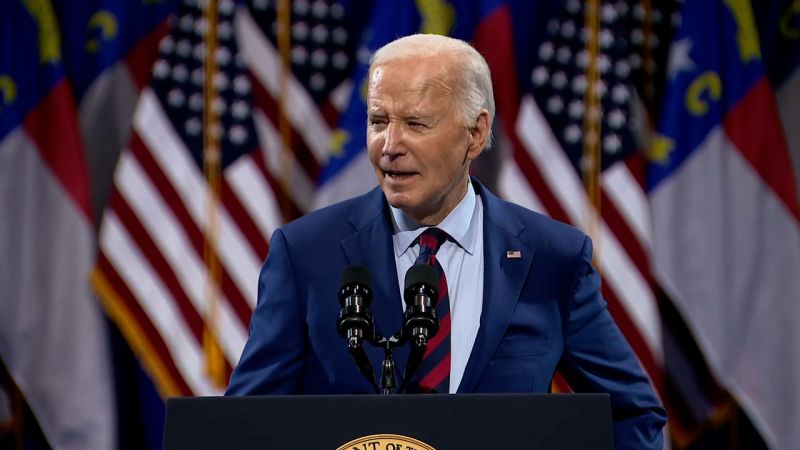President Joe Biden announced Thursday $3 billion toward identifying and replacing the nation’s unsafe lead pipes, a long-sought move to improve public health and clean drinking water that will be paid for by the Bipartisan Infrastructure Law.
Biden unveiled the new funding in North Carolina, a battleground state Democrats have lost to Donald Trump in the past two presidential elections but are feeling more bullish toward due to an abortion measure on the state’s ballot this November.
…
The Environmental Protection Agency will invest $3 billion in the lead pipe effort annually through 2026, Administrator Michael Regan told reporters. He said that nearly 50% of the funding will go to disadvantaged communities – and a fact sheet from the Biden administration noted that “lead exposure disproportionately affects communities of color and low-income families.”



I don’t think they were saying that we shouldn’t replace them, but rather that it’s unlikely to have a marked impact on things like religious adherence.
For the most part, the concerning lead is in the municipal portion of the water supply, not in the areas a homeowner can disturb. (Not all of course, but it was largely phased out of home construction in the 30s). Replacing appliances or having a plumber work aren’t going to cause issues, and since the 80s having a service line or municipal water main break is a quick way to get non-lead installed.
Lead doesn’t contaminate water super fast, the water needs to be in contact with it for a bit before concentrations start to rise to immediately actionable levels. That’s why the biggest source of concern for contamination are municipal water mains and home service lines: water doesn’t flow as quickly so it can accumulate more contamination, and there’s a larger volume making it harder to flush the contaminated water. (If you have lead household plumbing, letting the water run for a minute or two will reduce the concentration below actionable levels. You can’t do that if the contamination is from the water main)
You are entirely correct that pipe scale is not a “solution”.
There’s no safe concentration of lead, which is why we need to replace all the pipes, a process that started in the 80s. Usually doing it as part of routine maintenance is fine because it’s not usually an emergency. The original plan to be done by the 2060s made a lot of assumptions about infrastructure maintenance being done on time, and people not making short sighted dumbfuck choices like the Flint emergency financial manager.
So we need to fix it as quickly as is reasonable, but we don’t need to freak out over it, and we probably won’t really see many marked changes like we did with leaded gas, just “no huge catastrophe”, and average water lead levels dropping from 3 parts per billion to 1 or less.